Whether you're baking freshly prepared lasagna or heating frozen lasagna, deciding whether or not to cover it can make a difference in the finished result, but do you need to cover the lasagna with foil when baking it? We've researched several recipes for baking lasagna and have found the answer for you. In this post, we'll discuss whether or not covering it is really necessary.
Most chefs and cooking connoisseurs will tell you that it's best to cover baked lasagna with foil when cooking it in an oven. The reason is that the aluminum foil will help to keep the lasagna moist while the dish heats up. However, there are other alternatives that you can use if you prefer not to use foil-You don't have to keep the lasagna covered the entire time.
One of the biggest complaints about baked lasagna is dry or curled pasta noodles. You can prevent your lasagna from drying out while being heated by implementing a couple of cooking and reheating methods. Continue reading to learn about how to heat lasagna in the oven with and without foil properly.
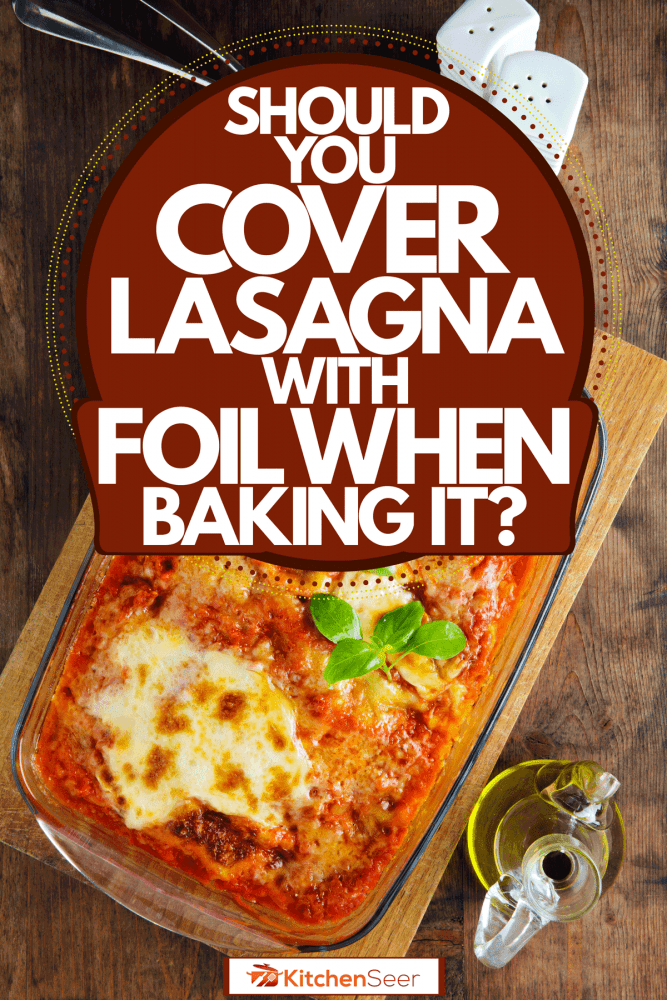
The Best Techniques For Baking Lasagna
Baking Fresh Lasagna
There are a ton of online recipes for baking and reheating lasagna. Below we've provided a general recipe for preparing and baking lasagna so that it's moist and full of flavor. If you're looking for a way to bake homemade lasagna or reheat frozen without losing texture or moisture, check out the directions below.
1. Gather your ingredients
Start by gathering all of your ingredients and cooking utensils and placing them on the counter. You should already have your ingredients pre-cooked, chopped, and ready to place in the baking dish. Also, make sure that your lasagna noodles are cooked according to their package directions, drained, rinsed, and ready to add to the pan.
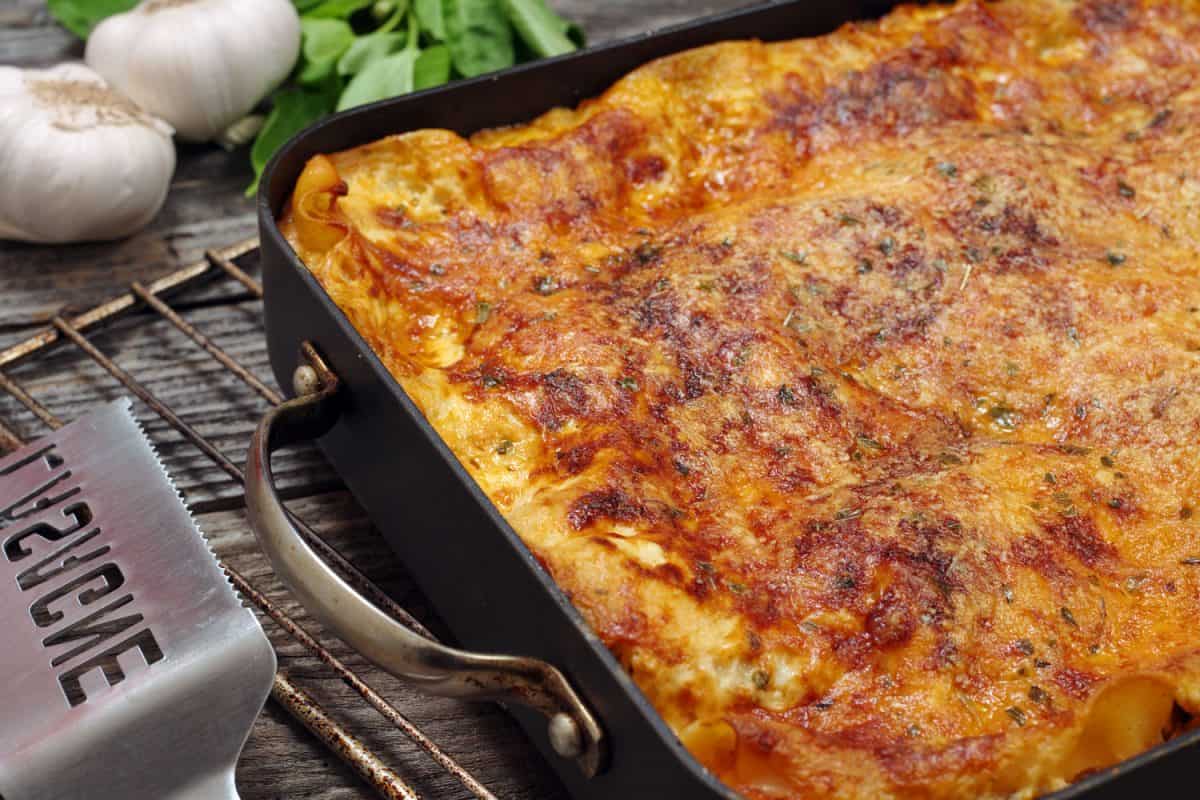
Note: The measurements for each of the ingredients will vary depending on your personal preferences and the amount of lasagna you want to make.
Things you'll need:
- Uncooked lasagna noodles
- Aluminum foil
- Baking pan
- Cooked beef
- Shredded Romano cheese
- Mozzarella cheese
- A medium onion, chopped
- Chopped parsley
- Crushed tomatoes
- Salt and pepper
- Ricotta cheese
- No-Stick cooking spray
2. Preheat the oven
Next, preheat your oven to 375 degrees. Then spray your baking dish with a non-stick cooking spray.
3. Layer the ingredients
Once your baking dish is ready, add a layer of meat sauce, then a layer of cheese, and finally a layer of noodles. Continue this layering technique until you've added all of your ingredients or until the baking dish is filled no less than 1-inch from the top. Top the lasagna with the last layer of noodles, coat lightly with sauce, and then sprinkle the cheese on top. Make sure that the ingredients are layered evenly in the pan to prevent cold spots and undercooking.
4. Place the baking dish in the oven
Take a sheet of aluminum foil and spray the underside of it with cooking spray. Then, cover the lasagna with foil and make sure that it is folded over on the edges. Bake the lasagna for 40 to 45 minutes.
Check out this baking dish on Amazon.
5. Remove the foil and bake it again
Remove the foil after 45 minutes and then bake lasagna for another 10 or 15 minutes or until the cheese on top has melted and the meat sauce is bubbling.
Baking Frozen Lasagna
Things you'll need:
- Frozen lasagna
- Baking sheet
- Aluminum foil
- Non-stick cooking oil
1. Unthaw the frozen lasagna
Start by unthawing the frozen lasagna for 5 to 10 hours. You can do this by placing the frozen lasagna in the refrigerator or placing it on the counter at room temperature.
2. Pre-heat the oven
Next, preheat your oven to 375 degrees Fahrenheit. Take your baking pan and spray the bottom of it with non-stick cooking oil. Take 1/8 cup of water and pour it on top of the lasagna. This will help to add a bit of moisture to the top layer and prevent curling.
Find non-stick cooking oil on Amazon.
3. Place the frozen lasagna in the oven
Place the thawed lasagna in the oven, and be sure to cover the top to prevent it from drying out. It's best to set the pan on either the middle or the bottom shelf of the oven to keep the top of the lasagna from re-browning.
4. Remove the lasagna from the oven
Remove a lasagna after about 10 to 15 minutes and check the internal temperature if you have a kitchen thermometer. If not, stick a fork in the middle and touch it to see if it's cold or hot. If the fork comes out cold, place the lasagna back in the oven for an additional five minutes and recheck the temperature.
5. Rebake the lasagna for an additional 5 to 10 minutes
If the fork comes out hot, remove the top layer of aluminum foil from the lasagna and bake it for an additional five minutes. Be sure to keep an eye on the lasagna while it's in the oven and remove it once the top layer begins to sizzle.
To Leave Baked Lasagna Covered or Uncovered
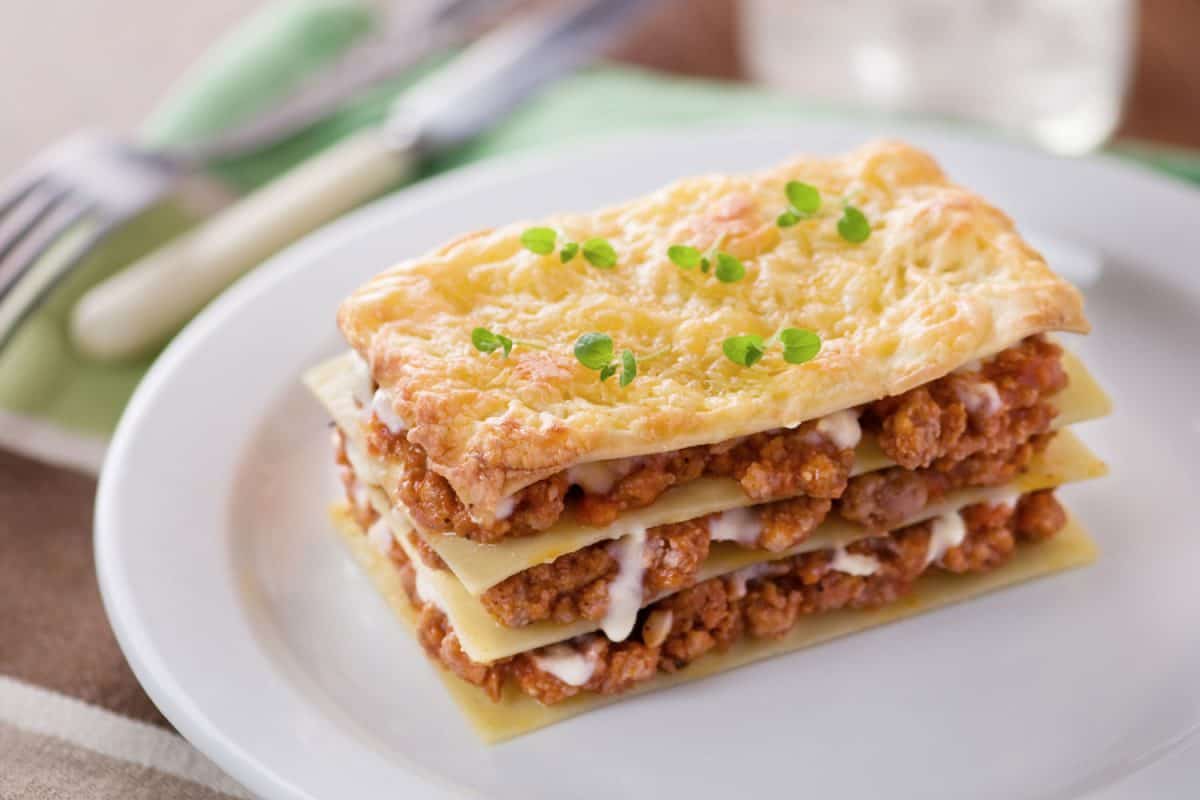
When it comes to baking lasagna, covering it is typically a necessity. Though foil doesn't help cook the lasagna faster, it does help it to lock in much-needed moisture during the cooking process. If the lasagna is not covered while it's in the oven, it will have a dry and possibly crumbly finish. You may also notice that the noodles are dry and curled and that the cheese is burned on top. So to say, if you are cooking your lasagna in the oven, you do need to cover it up at least for some of the cooking time.
If you aren't a fan of foil, the good news is that you don't have to leave it on the dish for the entire time. You can bake lasagna at 375 degrees Fahrenheit and cover it with foil for about 20 minutes, followed by an additional 20 minutes with it being uncovered. It's best to monitor the lasagna after the foil is removed.
Can you bake lasagna without aluminum foil?
Lasagna is meant to be moist and rich after it's cooked. Aluminum foil helps to seal in the moisture so that the cheese, meat sauce, and noodles do not dry out from the dry air of the oven. If you prefer not to cook your lasagna with aluminum foil, you can also use parchment paper, silicone, or an oven-safe lid to cover it during the baking process. If you have a dutch oven, you can also toss the lasagna in the dutch oven and put this bakeware into the stove.
Learn more about this dutch oven on Amazon.
How do you keep the top layer of lasagna moist?
The best way to keep the top layer of lasagna moist during the cooking process is to cover it with aluminum foil or an alternative covering. You can also add 1/8 cup of water before placing the dishpan in the oven to ensure that the top layer doesn't dry out. Whether it's a freshly baked lasagna dish or a frozen meal, consider adding more cheese to the top layer for additional moisture.
How do you reheat lasagna without it drying out?

You can reheat lasagna in the oven or the microwave. If you are reheating it in the microwave, be sure to set it on a defrost setting if it's frozen. If you're reheating it in the oven, it's best to unthaw it first. If not, be sure to place the oven at no more than 350 degrees Fahrenheit to prevent it from burning. You'll also want to cover the lasagna on the top to lock in the moisture during the reheating process.
If needed, you can also add a little bit of water to keep the noodles and cheese on the top layer from becoming too dry. It's best to check on the lasagna every 10 minutes to prevent overcooking, drying out the lasagna, and giving it a rubbery texture.
Wrapping Things Up
Lasagna is one of the easiest and tastiest meals that you can bake in the oven. However, the key to a great lasagna is to ensure that it is kept moist during the cooking process. To do this, be sure to cover the lasagna with aluminum foil or an alternative and monitor the lasagna periodically to prevent it from overcooking or burning.
Before you go, be sure to check out our other posts:
Do Pasta And Noodles Absorb Water When Cooked?
Does Lasagna Finish With Pasta Or Sauce?





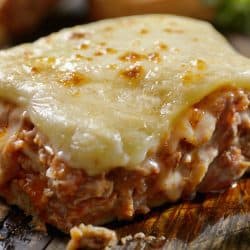
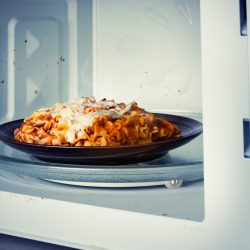
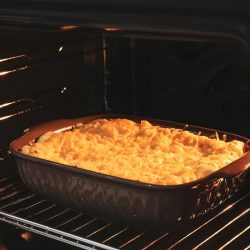

![stacked layers of flat pasta, ground beef tomato sauce, cream and cheese. How Long Should You Cook Lasagna [Including The Pasta Noodles & Time In Oven]](https://kitchenseer.com/wp-content/uploads/2021/04/stacked-layers-of-flat-pasta-ground-beef-tomato-sauce-cream-and-cheese.-How-Long-Should-You-Cook-Lasagna-250x250.png)
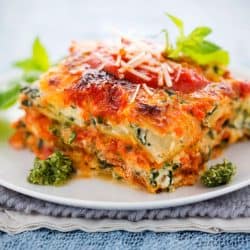
A wonderful analysis.
BTW, gentle readers, “unthaw”, (if it’s a word), would mean to reverse the thawing process. In other words, “unthaw” would mean “to freeze”.
The proper term usage is simply to “thaw”.
Which is similar to “defrost”.
Great analysis of lasagna baking process. Much better results – than you!